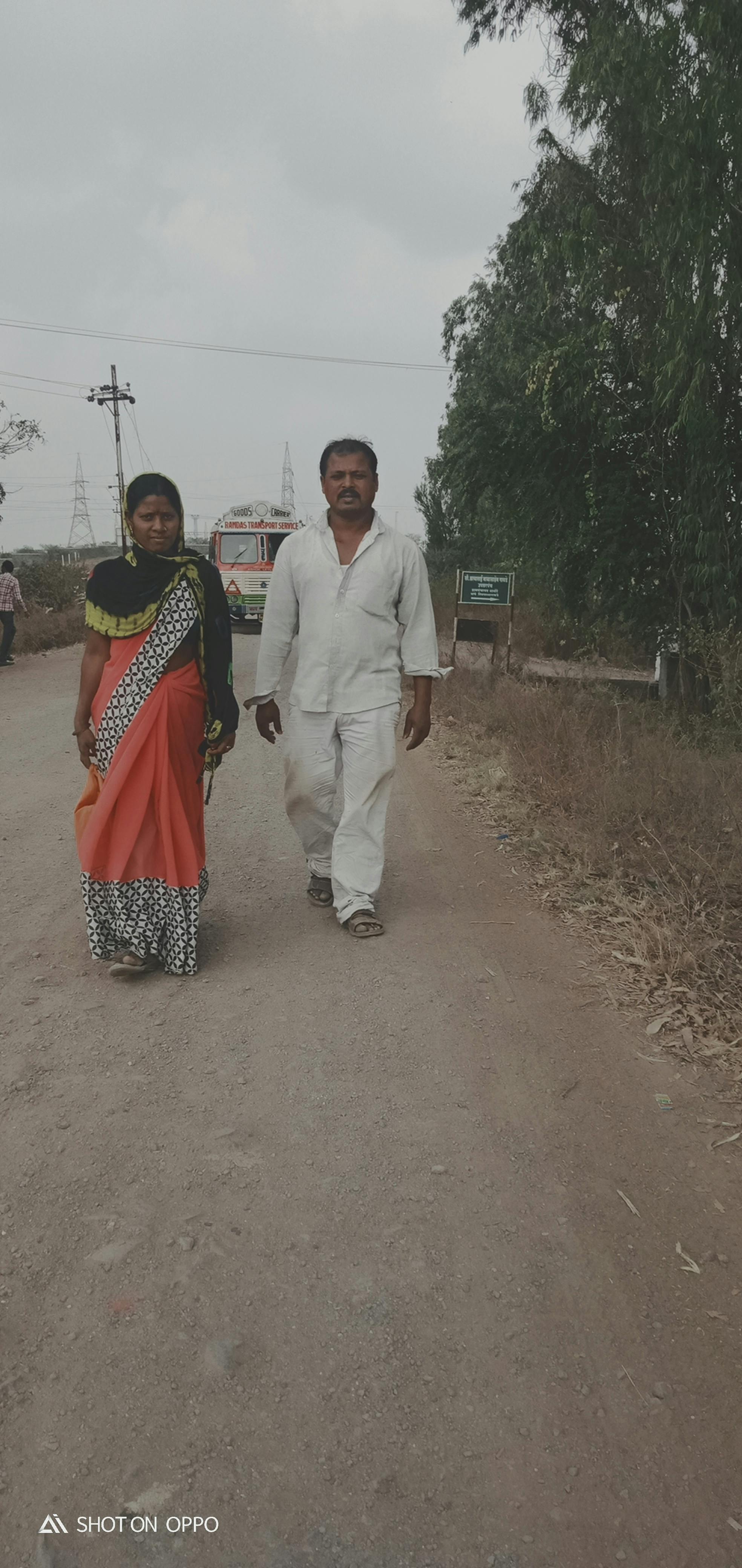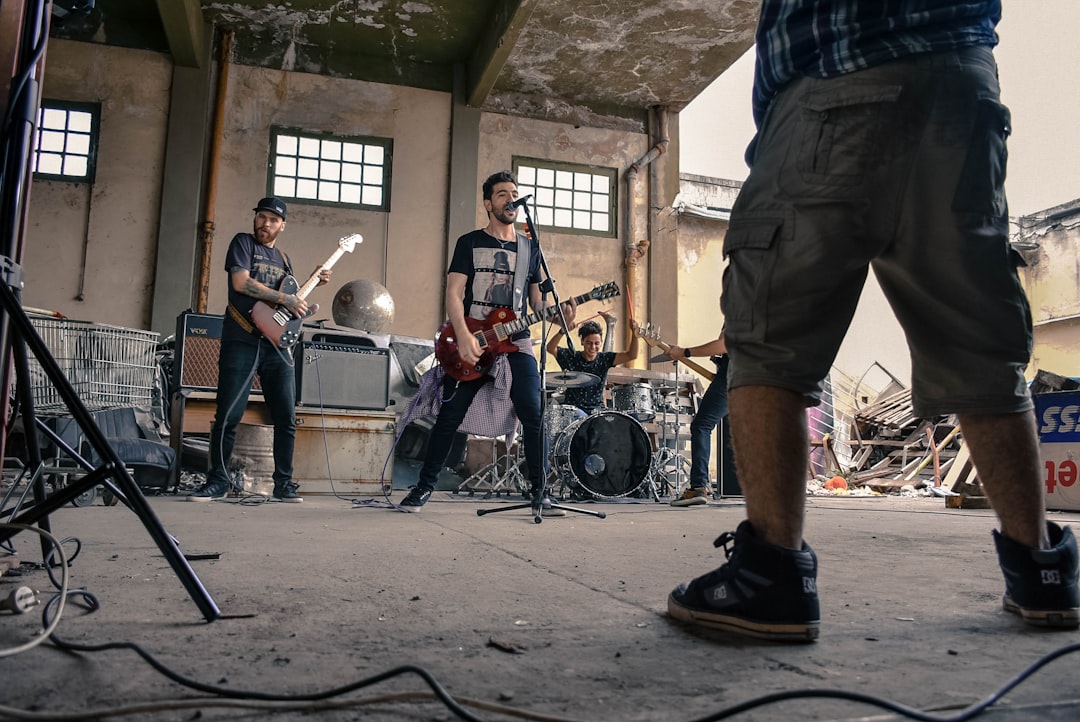Many individuals seek ways to improve their leg alignment, often focusing on what is commonly known as “O-legs” or genu varum. This condition, characterized by a visible bowing of the legs at the knees, can impact not only aesthetics but also joint health and overall posture. While there are no “secret” methods, a combination of consistent effort and professional guidance can lead to significant improvements.
This comprehensive guide delves into the factual, evidence-based approaches to addressing bowed legs. We will explore the underlying causes, effective non-surgical interventions, the crucial role of physical therapy, and practical lifestyle adjustments. By the end of this article, you will have a clear understanding of how to embark on your journey towards better leg alignment and enhanced well-being.
Understanding Bowed Legs: Causes and Impact
Bowed legs, medically termed genu varum, is a condition where the knees stay wide apart even when the ankles are together. This alignment issue can be present from childhood or develop later in life due to various factors. Understanding its origins is the first step toward effective correction.
Common Causes of Genu Varum
- Genetics: Family history can play a significant role in the development of leg alignment issues.
- Nutritional Deficiencies: Conditions like rickets, caused by severe vitamin D deficiency, can lead to bone deformities.
- Developmental Factors: Some infants are born with bowed legs that naturally correct as they grow; persistent bowing may indicate a deeper issue.
- Osteoarthritis: Degenerative joint disease, particularly in the knees, can cause or worsen bowing over time.
- Injuries or Infections: Trauma or infections affecting the growth plates in children can lead to uneven bone growth.
The impact of bowed legs extends beyond appearance. It can lead to uneven weight distribution on the knee joints, increasing the risk of pain, instability, and premature wear and tear on cartilage, potentially leading to osteoarthritis in the long term.

Non-Surgical Approaches: Exercises and Stretches
For many individuals, especially those with mild to moderate bowing, a consistent regimen of targeted exercises and stretches can significantly improve leg alignment. These methods focus on strengthening weak muscles and stretching tight ones that contribute to the misalignment.
Key Exercise Focus Areas
The goal is to balance the strength and flexibility around the hips, knees, and ankles. This often involves strengthening the inner thigh muscles (adductors) and hip abductors, while stretching tight hamstrings and hip flexors.
Important Note: Before starting any new exercise program, especially for a medical condition, it is crucial to consult with a healthcare professional or a certified physical therapist. They can provide a proper diagnosis and tailor a safe and effective plan for your specific needs.
- Inner Thigh Strengthening: Exercises like inner thigh squeezes with a ball, sumo squats, and side lunges can help activate and strengthen the adductor muscles.
- Gluteal and Hip Abductor Strengthening: Strong glutes (especially gluteus medius) and hip abductors are vital for hip stability and proper leg alignment. Clamshells, side-lying leg lifts, and glute bridges are beneficial.
- Hamstring and Calf Stretches: Tight hamstrings and calves can pull on the knee joint and affect alignment. Regular stretching of these muscle groups can improve flexibility.
- Core Strengthening: A strong core provides a stable base for all limb movements, contributing to better overall posture and alignment.
Consistency is paramount. Performing these exercises regularly, typically 3-5 times a week, can yield noticeable results over several months.

The Indispensable Role of Physical Therapy
While self-directed exercises can be helpful, professional guidance from a physical therapist is often the most effective path to correcting bowed legs. A physical therapist can conduct a thorough assessment, identify specific muscle imbalances, and design a personalized treatment plan.
How Physical Therapists Help
- Accurate Assessment: They can precisely measure the degree of bowing and identify contributing factors like gait abnormalities or postural issues.
- Personalized Exercise Programs: Tailored exercises target the specific muscles and joints that need strengthening or stretching.
- Manual Therapy: Techniques like massage, mobilization, or manipulation can address soft tissue restrictions and joint stiffness.
- Gait Training: Correcting walking patterns can significantly impact leg alignment and reduce stress on the knees.
- Education: Therapists educate patients on proper body mechanics, posture, and long-term maintenance strategies.
“A personalized physical therapy program can address the unique biomechanical factors contributing to genu varum, offering a targeted and effective approach to improve alignment and reduce associated symptoms.”
For more in-depth information on physical therapy for leg alignment, you can refer to resources from reputable organizations like the American Physical Therapy Association (APTA), which provides valuable insights into various conditions and their treatments.
Lifestyle Adjustments for Enhanced Alignment
Beyond targeted exercises, certain daily habits and lifestyle choices can significantly support your efforts to improve leg alignment. These adjustments contribute to overall musculoskeletal health and reinforce the benefits of physical therapy.
Practical Tips for Daily Life
- Footwear Choices: Wearing supportive shoes that provide good arch support can influence foot and ankle alignment, which in turn affects the knees. Avoid excessively worn-out shoes.
- Posture Awareness: Consciously maintaining good posture while standing, sitting, and walking helps distribute weight evenly and reduces strain on the knees.
- Weight Management: Excess body weight places additional stress on the knee joints, potentially exacerbating bowing. Maintaining a healthy weight can alleviate this pressure.
- Ergonomics: Ensure your workspace and daily environments support good posture and movement patterns.
These seemingly small changes can collectively make a big difference in supporting your leg alignment journey. They are about integrating healthy habits into your routine rather than isolated efforts.

When to Consider Medical Intervention
While non-surgical methods are effective for many, there are cases where medical intervention becomes necessary. This is typically reserved for severe cases of genu varum, especially when it causes significant pain, functional limitations, or progressive joint damage.
Surgical Options for Severe Cases
- Osteotomy: This procedure involves cutting and reshaping the bone (usually the tibia) to correct the alignment. It aims to redistribute weight more evenly across the knee joint.
- Guided Growth Surgery (for children): In growing children, small plates or screws can be temporarily placed to slow growth on one side of the bone, allowing the other side to catch up and correct the alignment over time.
These surgical options are considered after conservative treatments have been exhausted or when the bowing is severe enough to warrant immediate correction to prevent further complications. A consultation with an orthopedic surgeon is essential to determine if surgery is the right course of action.
Comparative Overview of Correction Methods
| Method | Approach | Typical Duration | Best For |
|---|---|---|---|
| Exercises & Stretches | Strengthening weak muscles, stretching tight ones. | Ongoing, 3-6 months for noticeable change. | Mild to moderate bowing, preventative. |
| Physical Therapy | Personalized assessment, targeted exercises, manual therapy. | Weeks to months, depending on severity. | Moderate bowing, specific imbalances. |
| Lifestyle Adjustments | Supportive footwear, posture awareness, weight management. | Ongoing, daily integration. | Complementary to other methods, general well-being. |
| Surgical Intervention | Bone reshaping (osteotomy), guided growth. | One-time procedure, followed by recovery. | Severe bowing, persistent pain, functional limitations. |
Embracing Your Journey to Aligned Legs
Correcting bowed legs is a journey that requires patience, consistency, and often, professional guidance. There are no quick fixes or “secret” methods, but rather a commitment to understanding your body and implementing proven strategies. By focusing on strengthening, stretching, and mindful living, you can significantly improve your leg alignment and overall musculoskeletal health.
Remember, the most effective approach is always personalized. Consulting with a healthcare professional, such as a physical therapist or an orthopedic specialist, is the best way to receive an accurate diagnosis and a tailored treatment plan. They can help you navigate the various options and ensure you are on the safest and most effective path.
For further reading on orthopedic conditions and treatments, the American Academy of Orthopaedic Surgeons (AAOS) offers comprehensive, reliable information.
What steps will you take today to improve your leg alignment and overall well-being? Share your thoughts and experiences in the comments below!
